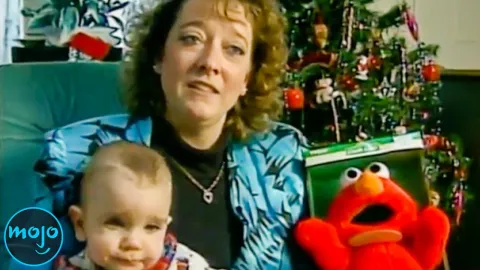28 DARKEST Stories Behind Children's Toys

“P. J. Sparkles” (1982)
Brentwood Television Funnies
The Kids bully P. J.: https://youtu.be/gZdC0Fvlo3U?t=1188
[a]https://youtu.be/9jsplvDwkSo?si=nflTirpjbdno_E5y&t=772
[b]SECK-tar https://youtu.be/6axOJhL0N-A?si=gVspYyjVNiVf0CiN&t=17
cuh-LEE-coh https://youtu.be/yzZEOWBaZCc?si=XPT3IMBmBRTrquMm&t=26
SIMBY-awn https://youtu.be/6axOJhL0N-A?si=fcimZXJcUJfCD6Rd&t=2
[c]https://youtu.be/s67gVGT9cl4?si=40oG_UfJaavXpBGl&t=186
https://youtu.be/U6EG-MfOd9c?si=MjVDQq6Uw2d263Jq&t=163
